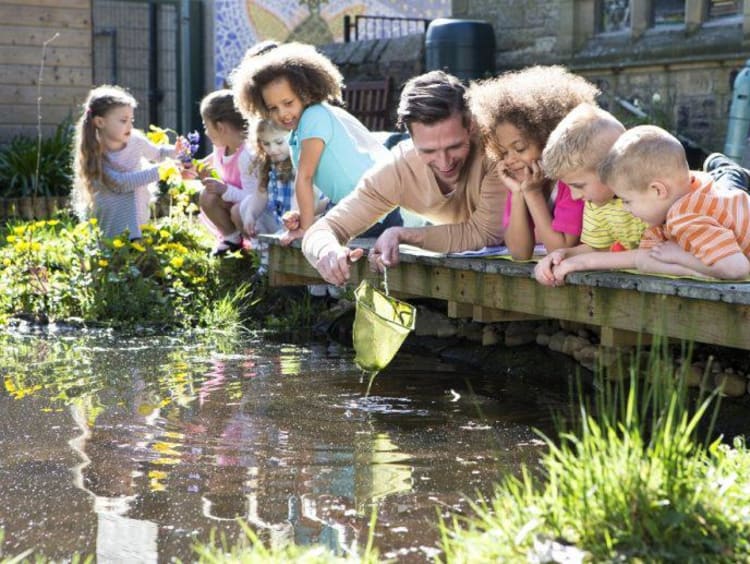Critical Thinking: The Cornerstone of a Good Education

“Education is not the learning of facts, but the training of the mind to think.” (Albert Einstein)
Critical thinking is of paramount importance when developing young minds. This has recently been recognized in the implementation of Common Core Standards in schools, as an emphasis on critical thinking and problem-solving is integrated throughout the curricula.
While there are many ways to encourage critical thinking at each grade level, it does not tend to be taught as often as we prefer. This is unfortunate, as critical thinking seems to be the key to not only education but also to the ultimate advancement of society. Critical thinking skills are also highly sought after in the job market. Students who begin to develop these skills at an early age will have better chances in the ever-changing economy.
Below are some practical and engaging ideas to implement critical thinking with students:
- STEM Activities: A current trend in education is the intermingling of science, technology, engineering and math (STEM). Conducting learning experiences with all of these promotes thinking on a higher cognitive level.
- Cross-Subject Connections: Similar to the integration of STEM subjects into one lesson, cross-cutting subjects helps students think outside the box and about ideas in more ways than one.
- Debates: In the classroom, debates encourage thinking beyond the base of concepts and considering the depth of an argument. This helps students in real-world situations to be able to form their own opinions and communicate them to others. Also, during debates, teachers could allow students to question each other or even play devil’s advocate. This will challenge all students to think harder and provide a little healthy competition.
- Field Trips: Taking students to a real place having to do with what they are learning will cause them to make connections and remember it in the future while allowing them to see for themselves and think critically about the topic at hand.
- Videos: Even just showing a video that critically analyzes and picks apart a topic will help students to do so themselves. These types of videos can spark big ideas and help students to come up with a new idea or at least learn information to help them think more thoroughly about things in the future.
- Hands-on Activities: Doing activities requiring student engagement allows them to think deeply about what they are doing and therefore learn concepts better. An example of this would be doing a lab in science or even a craft in any subject that ties to a certain concept.
Although there are many ways to motivate students to think critically and integrate critical thinking in the classroom, the final goal is to have students think hard about everything they are told, form new ideas, and have an open mind about all people in society. Once this is achieved in a student, the door of opportunities will be open wide.
Grand Canyon University’s College of Education has proudly maintained its rich heritage as a prestigious teaching college. To learn more about education degrees at GCU, visit our website or contact us today using the Request More Information button at the top of the page.
Reference:
Coffey, H. (n.d.) Bloom’s taxonomy. Retrieved from learnnc.org/lp/pages/4719
More About Brittany:
Brittany Barfield is a junior at Grand Canyon University, majoring in elementary education with an emphasis in science with a double minor in Spanish and biblical studies. She loves learning, which has sparked her passion for critical thinking. She also has the privilege to work at the GCU Learning Lounge as a Spanish and writing learning advocate as well as the lead receptionist. Brittany hopes to become a teacher who can not only inspire students to love learning but also help them develop such skills as critical thinking in order to create a collective of great humans contributing to society in the best way they can. She is excited to teach and see where life takes her! She is so thankful for all God has given her and can only hope to do everything for the purpose of His glory.
The views and opinions expressed in this article are those of the author’s and do not necessarily reflect the official policy or position of Grand Canyon University. Any sources cited were accurate as of the publish date.


